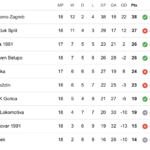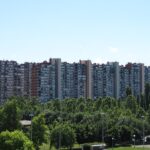dalmatia
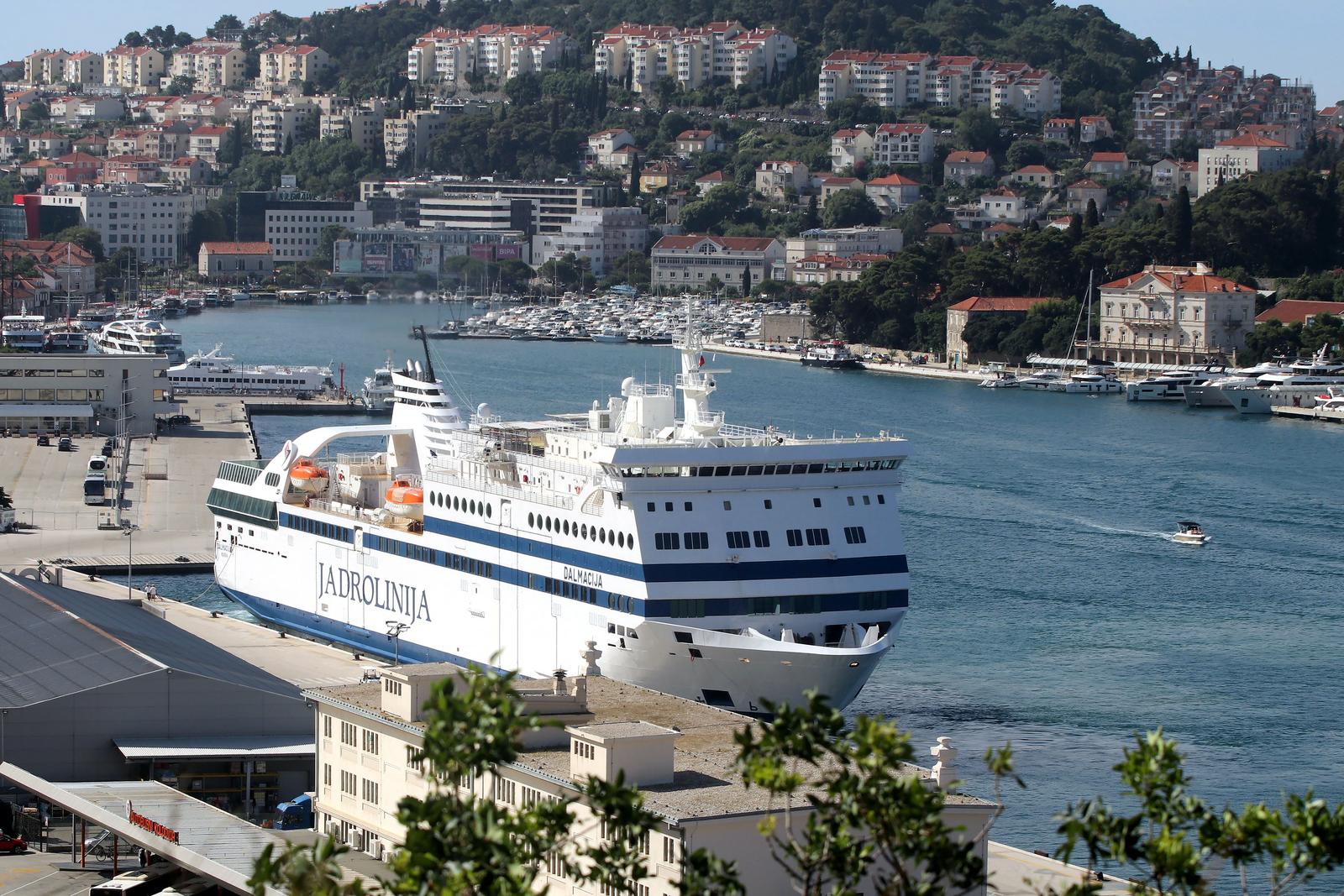
Largest Jadrolinija Vessel Ever Now In Function
June the 5th, 2024 – The largest Jadrolinija vessel in the history of the fleet is now in function, operating ...
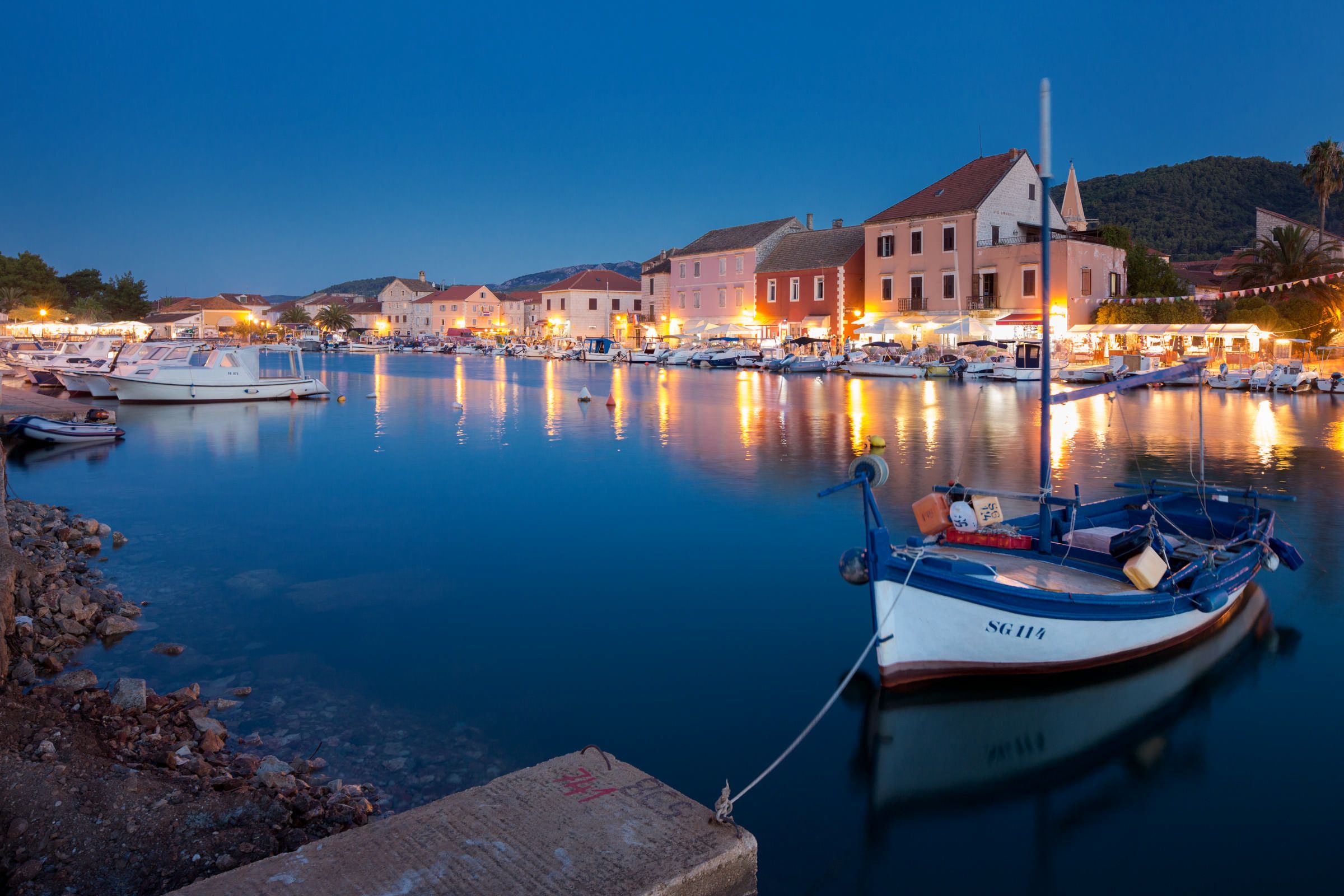
Life in Dalmatia in the 50s on Film – Meet Vanja Žanko
September 20, 2023 – Check out this exclusive, never-before-aired documentary footage that testifies to the past of the Croatian regions ...
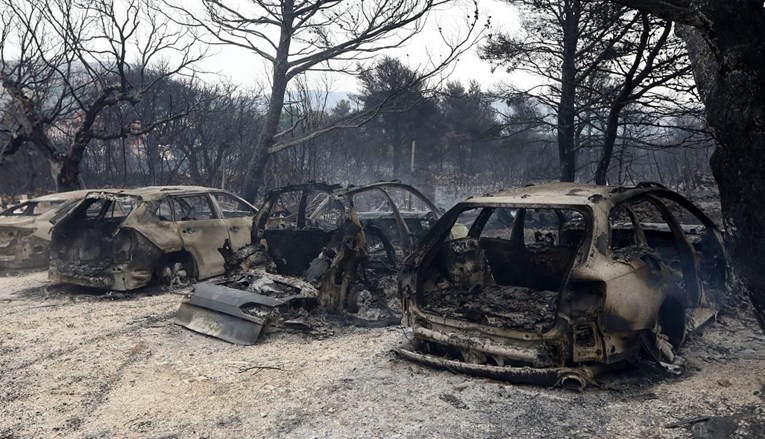
Dalmatian Fire Under Control: 600 Hectares Burned
July 14, 2023 – The biggest Dalmatian fire of the year near Grebastica, is finally under control after a mammoth ...

Attending a Birth in Croatia: Passing the Father Test
July 6, 2023 – Attending a birth in Croatia and the early steps in life thereafter – a foreign appreciation. ...
Four Croatian Wine Regions
Today we take a look at the winemaking regions of Croatia, give you a broad overview of the main characteristics ...
Croatian Winemakers: Kraljevski Vinogradi in Zadar
A rare story of a piece of land that has had the same owners since 1066, vineyards at an elevation ...
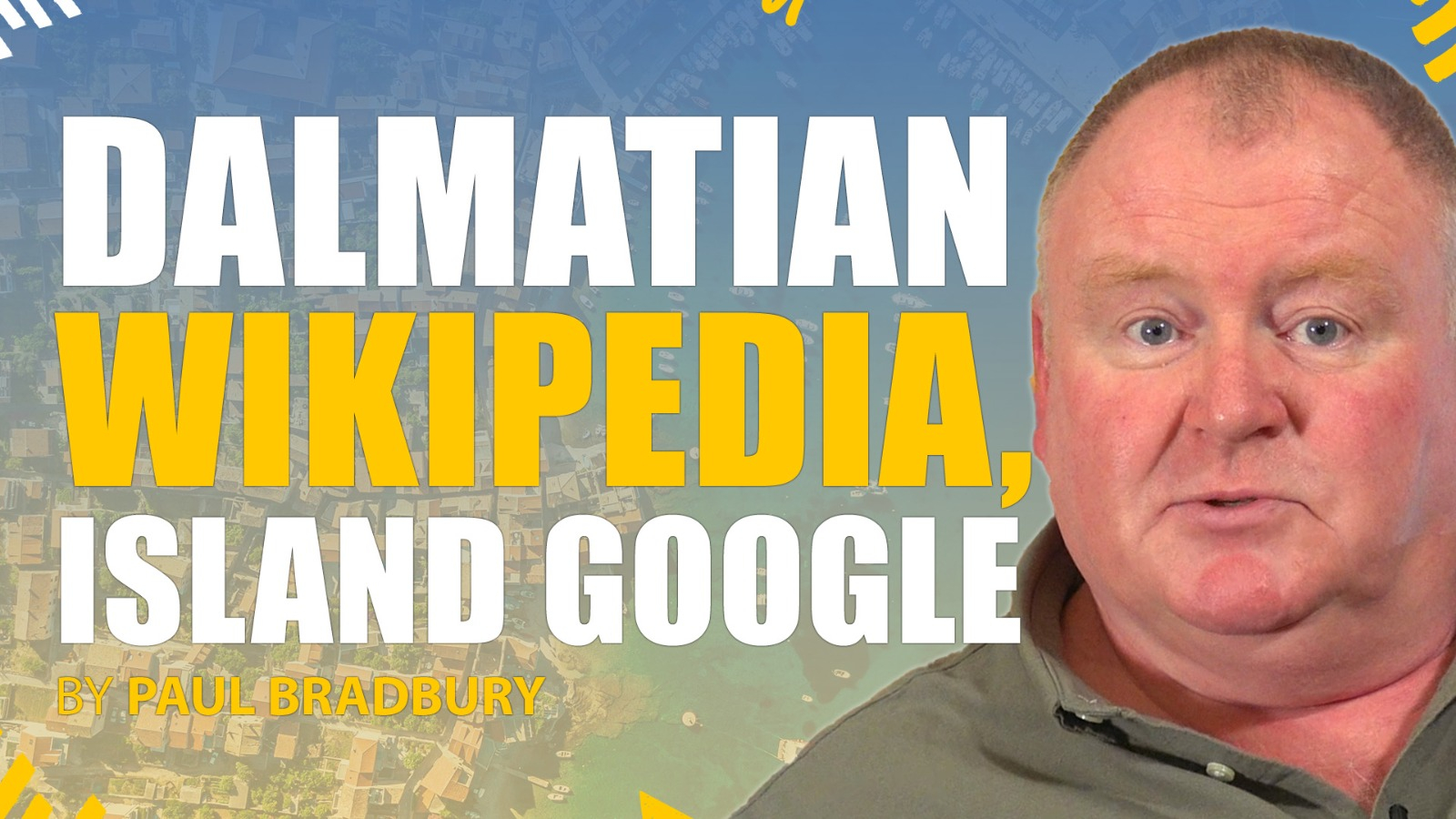
My Greatest Achievement in Croatia: a Seat on the Dalmatian Bench
Over the years, I became fixated with the wise elders of Jelsa, as they gathered each evening on the white ...
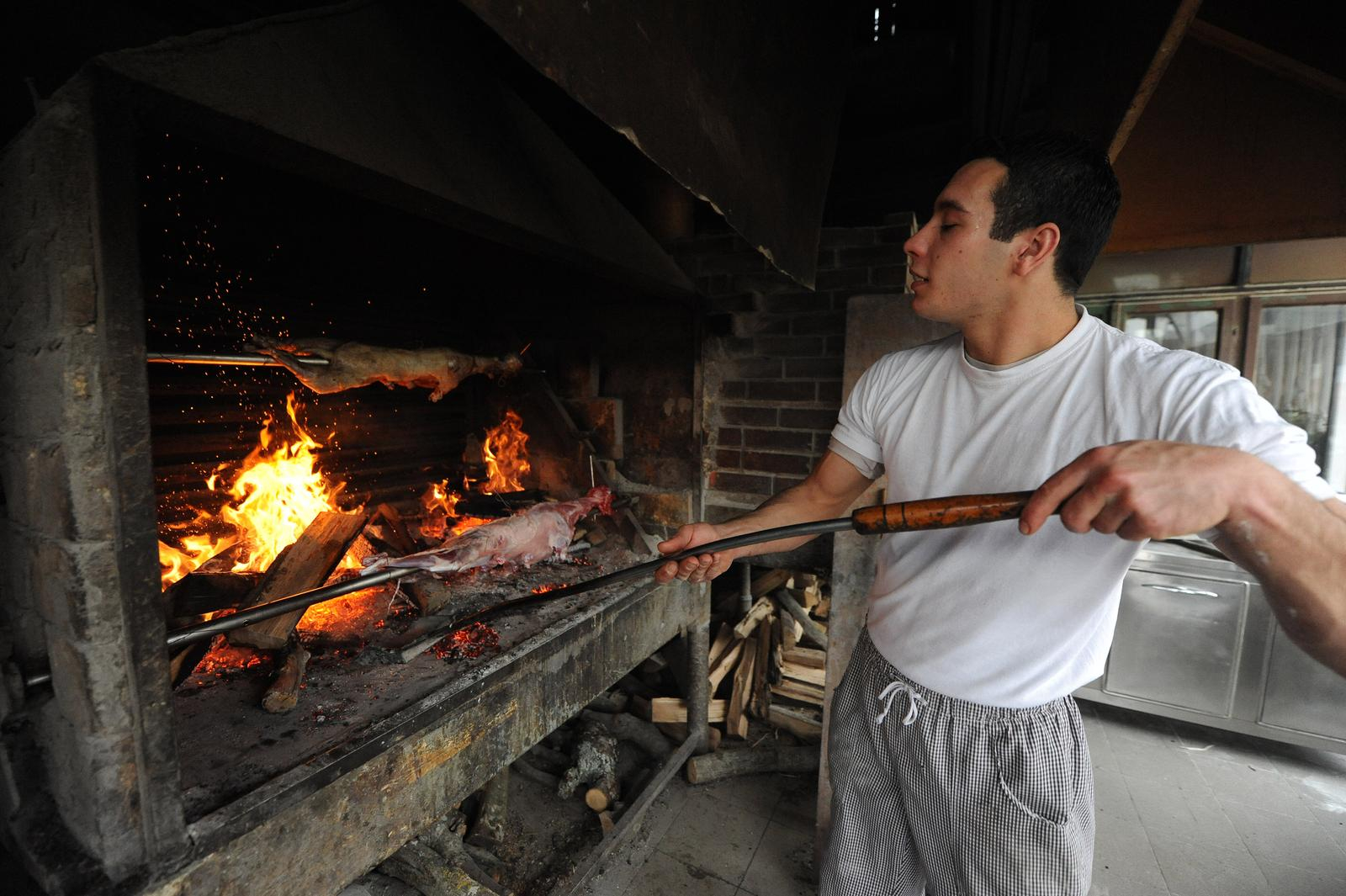
Dalmatian Lamb Becomes 40th Croatian Food Product Protected by EU
As 24Sata writes, the procedure for the protection of the name was initiated by the Association of Sheep and Goat ...

Why Many Dalmatians were Born in the Desert in Egypt
It is one of the strangest – and most fascinating – tales of my time in Dalmatia. A number of ...
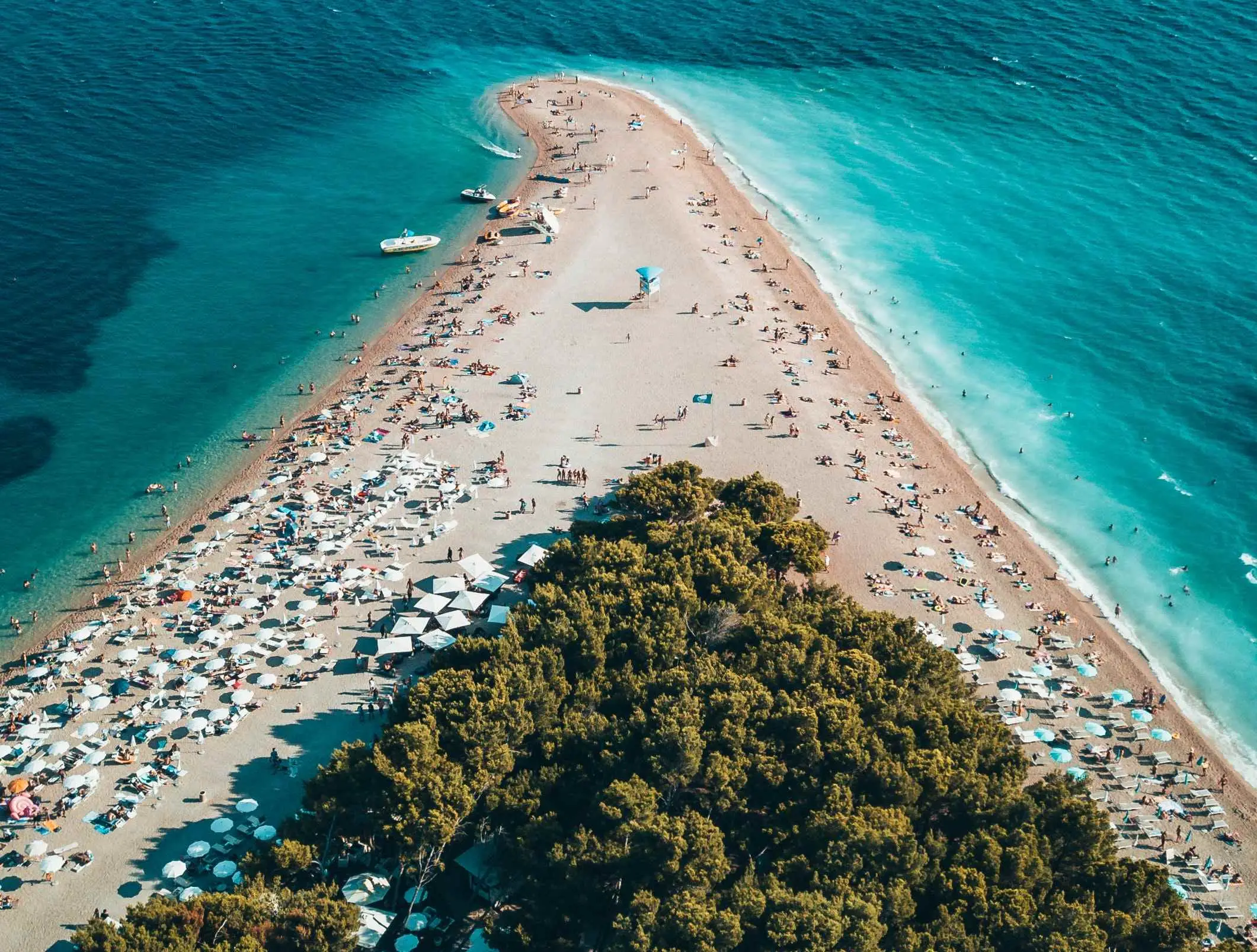
Unseasonably Warm Weather in Dalmatia (and Elsewhere)
This is a very rare occurrence in Dalmatia, with temperatures this high, both air and sea temperature. There are always ...




